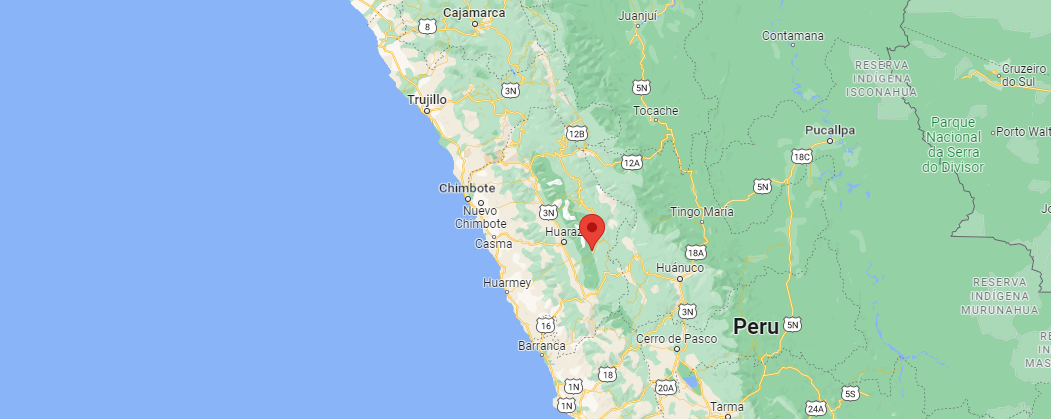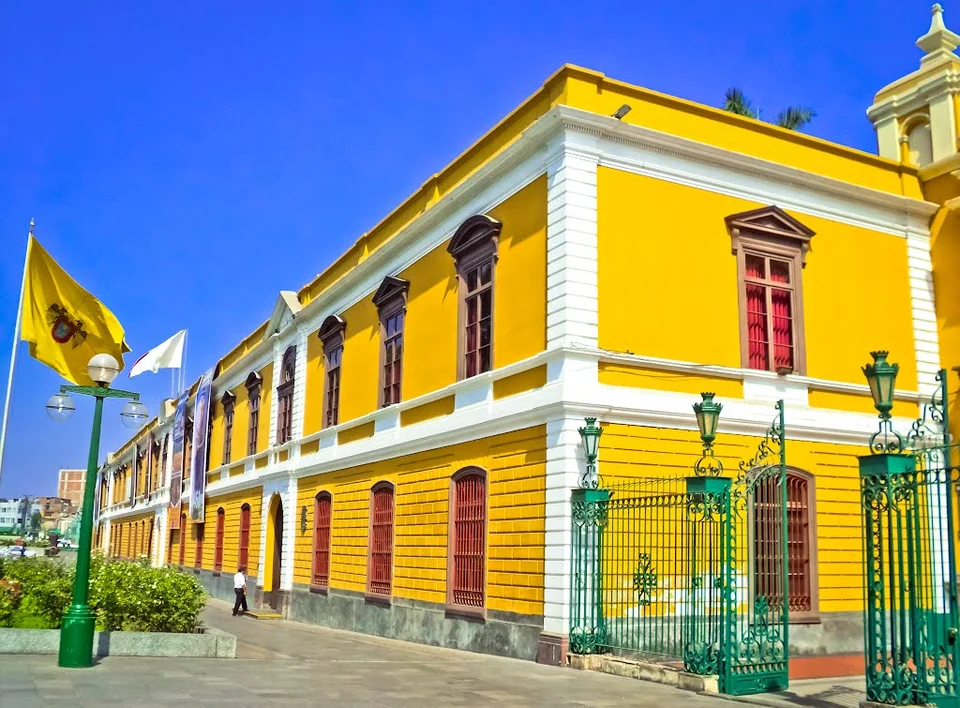RIO DE JANEIRO, BRAZIL – According to Comex, 24 projects with a total investment of 191 million soles (US$50.5 million) have been crippled so far in 2022. The authorities’ incompetence prevents cannon and royalty money from being used efficiently.
San Marcos is a district in the province of Huari, in the department of Ancash. Peru’s wealthiest district received the most revenue from mining royalties in 2021. However, according to Comex General Manager Jessica Luna, it is one of the districts with the worst execution at the national level.
One example, she said, is that in 2021 it spent only 36% of the total funds received for these concepts.
The social and economic disparity in San Marcos is very high.

“Around 3,000 households do not have access to the sewage system, 99% of roads are not paved, ten schools need to be built to close the gap in educational infrastructure, 15% of children suffer from chronic malnutrition, and 82% of agricultural land (8,231 hectares) has no irrigation system,” he said.
The numbers and reality reflect that in San Marcos, Luna said, there is not a resource problem but an absolute inability that has prevented all the money collected from mining over the years from being effectively invested in public works and better public services for the population.
In 2021 alone, according to Comex, 466 million soles were not invested, which could have allowed the construction of 7 health centers or less than half of these unspent funds (173 million soles) to close the gap in access to water, sanitation, and electricity in the district.
As of April 2022, 24 projects with a total investment of 191 million soles were blocked. “In the current administration, between 2019 and 2021, the district has received 248 million soles for urban transport projects but has implemented only 20% of them, even though almost 100% of the roads in San Marcos are unpaved,” says the expert.
What is happening in the San Marcos district is repeated throughout Peru and significantly, according to the Comex manager, in the mining regions, where the districts receive a lot of money from canons and royalties. Still, the incompetence of the authorities and corruption mean that this does not lead to a better quality of life for the population or greater opportunities for the region’s economic development.
He added that these authorities also incited the population to blockade and protested the mine by demanding more resources, playing on the hopes of the poorest, who were abandoned once again by the state.
“The worst thing is that they then run for other mayoralties and continue to deceive the population. And nothing happens,” he said.
He, therefore, believes that a change is needed.
“It is necessary to rethink the decentralization process to use resources more efficiently, punish corrupt officials by excluding them from public offices, establish project management offices to accompany the management of investments and strengthen mechanisms such as fiscal works, train officials in the regions and offer them technical assistance, and punish authorities that do not comply with the execution of the municipal canon in areas of mining influence,” he said.
“We must not allow cases like San Marcos to become the norm in our country,” he said.


